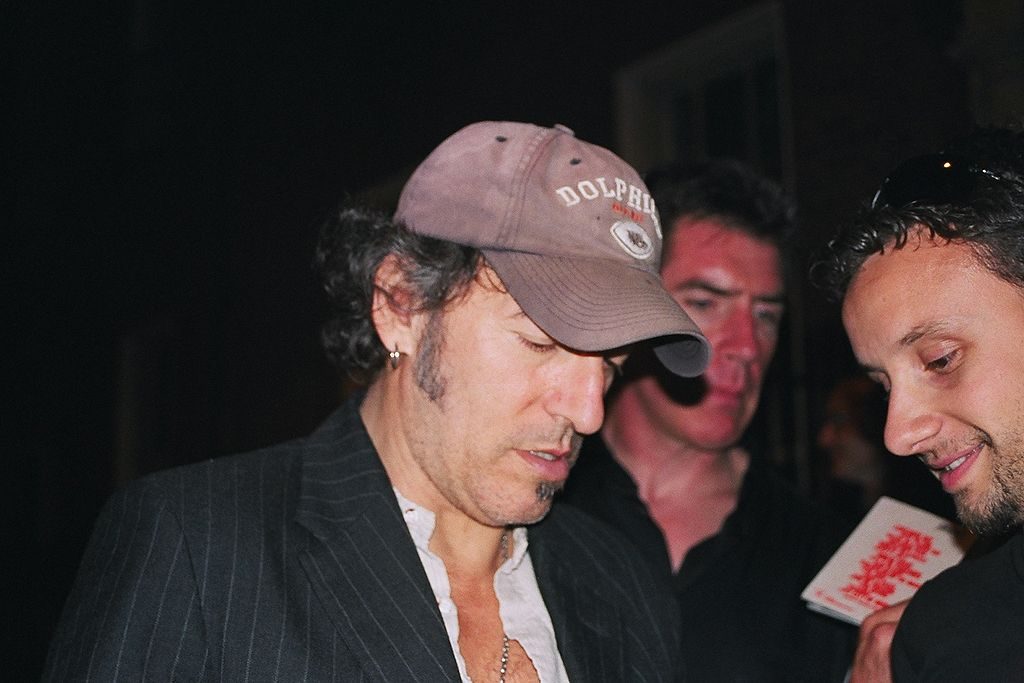You don’t just listen to “Bohemian Rhapsody”; you experience it. Anyone who’s ever heard Queen’s signature progressive rock epic knows it, and anyone who’s ever performed all six minutes of it at a karaoke bar understands it more deeply still. The song, which rumor holds to have cost more to record than any single to date, made use of the latest studio techniques; now, technology barely imaginable when the song hit the charts in 1975 has given us a whole new way to experience “Bohemian Rhapsody”: in virtual reality, through either the Google Cardboard app or as a 360° video.
A collaboration between Queen, Google Play, and VR developer Enosis, The Bohemian Rhapsody Experience offers a three-dimensional audiovisual journey featuring “interactive elements and spatial sound, allowing you to step inside the music.” The Creators Project’s Kara Weisenstein describes it as “peering into Freddie Mercury’s brain. The musician was famously coy about the song’s meaning, and while it doesn’t give anything away, this experience renders Mercury’s imagination in resplendent purples and blues. The ballad is a playful wonderland of bicycling skeletons and animated globes. During the opera, the scene is a spooky cave. The rock section is a neon trip through space, and the coda is a drippy, intergalactic aurora.”
“ ‘Bohemian Rhapsody’ is unusual, isn’t it?” asks Queen’s lead guitarist and self-described VR proponent Brian May in the video on the making of The Bohemian Rhapsody Experience above. “Even 40 years later, or whatever it is, [the 1975 song] still sounds innovative.” And it began inspiring innovation right after its recording, when it led to the six-minute film that, years before MTV, practically invented the form of the music video. Does this new project herald an era when every single must, by necessity, come accompanied by a full-fledged VR journey? For the moment, that question remains among the unanswered, right alongside the one Queen has been asking for over four decades now: “Is this the real life? Is this just fantasy?”
Enter the The Bohemian Rhapsody Experience here.
Related Content:
Guitarist Brian May Explains the Making of Queen’s Classic Song, ‘Bohemian Rhapsody’
Queen Documentary Pays Tribute to the Rock Band That Conquered the World
The Music of Queen Re-Imagined by “Extraordinary” Classical Pianist, Natalia Posnova
Based in Seoul, Colin Marshall writes and broadcasts on cities and culture. He’s at work on a book about Los Angeles, A Los Angeles Primer, the video series The City in Cinema, the crowdfunded journalism project Where Is the City of the Future?, and the Los Angeles Review of Books’ Korea Blog. Follow him on Twitter at @colinmarshall or on Facebook.




